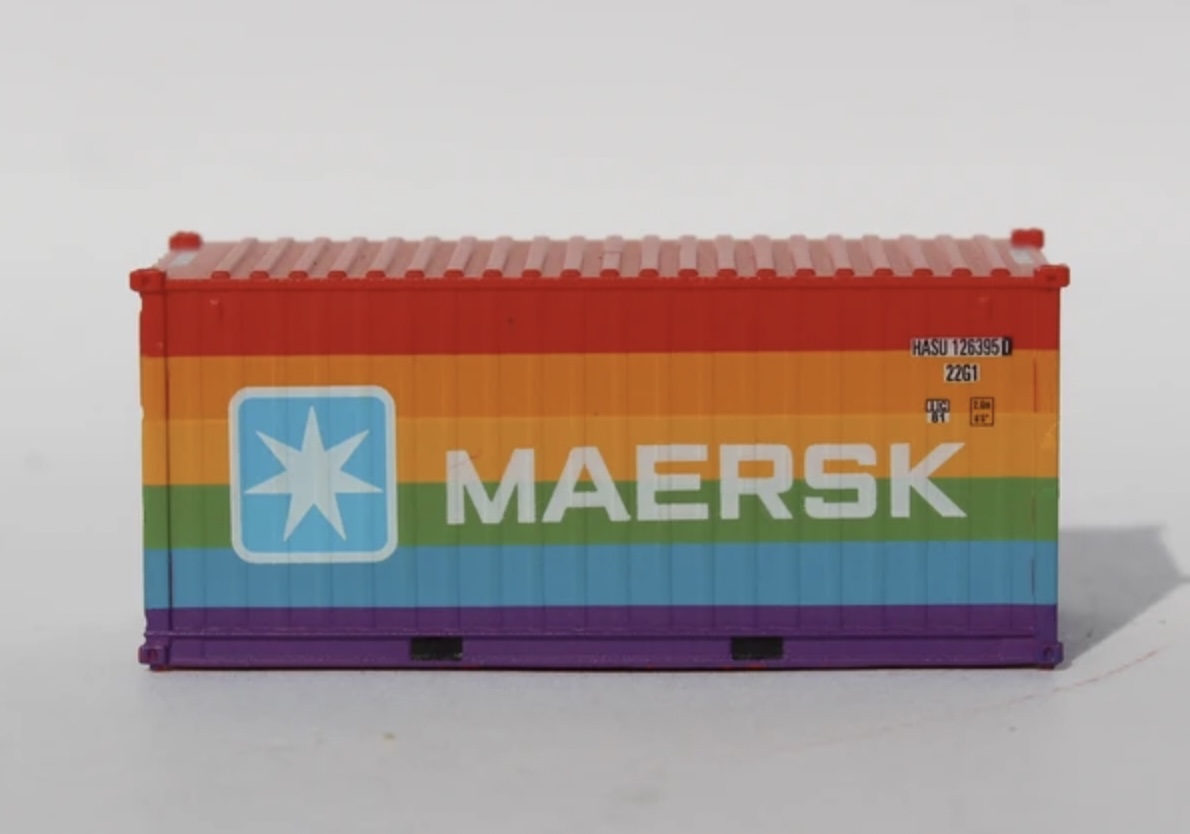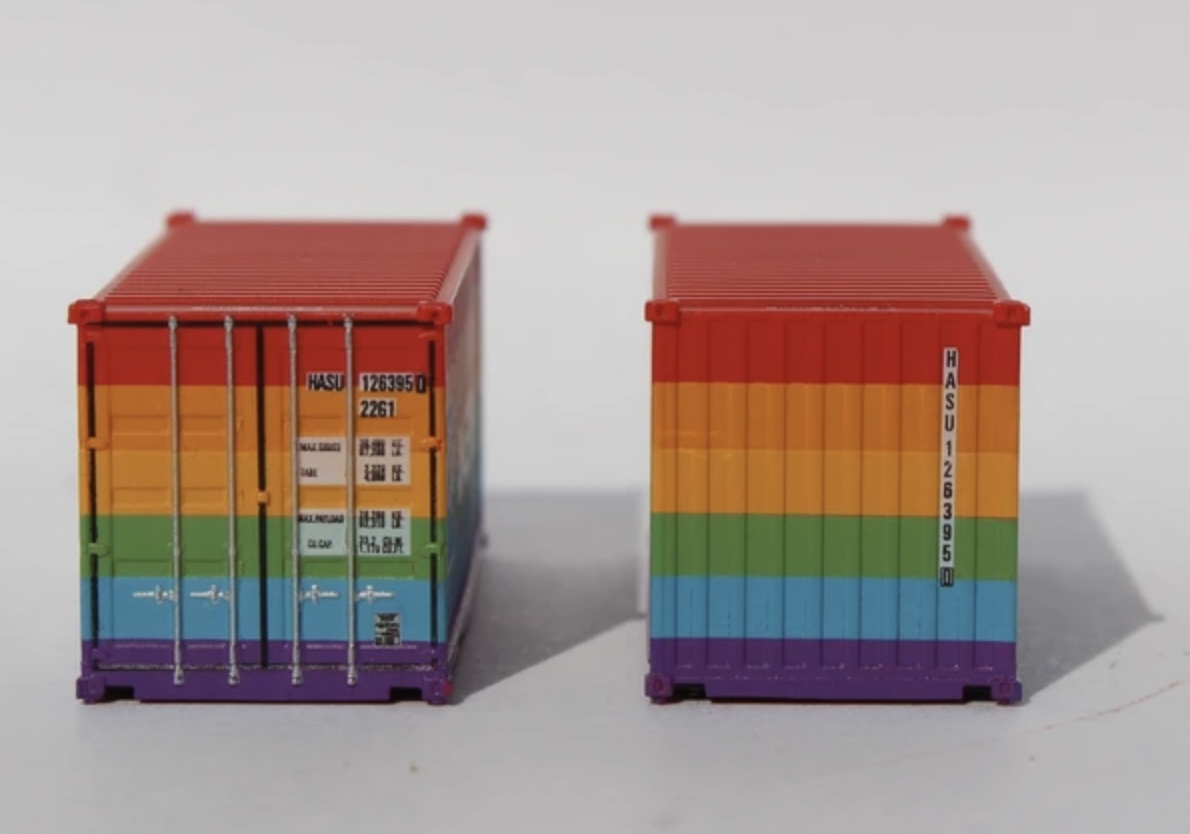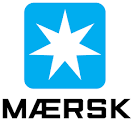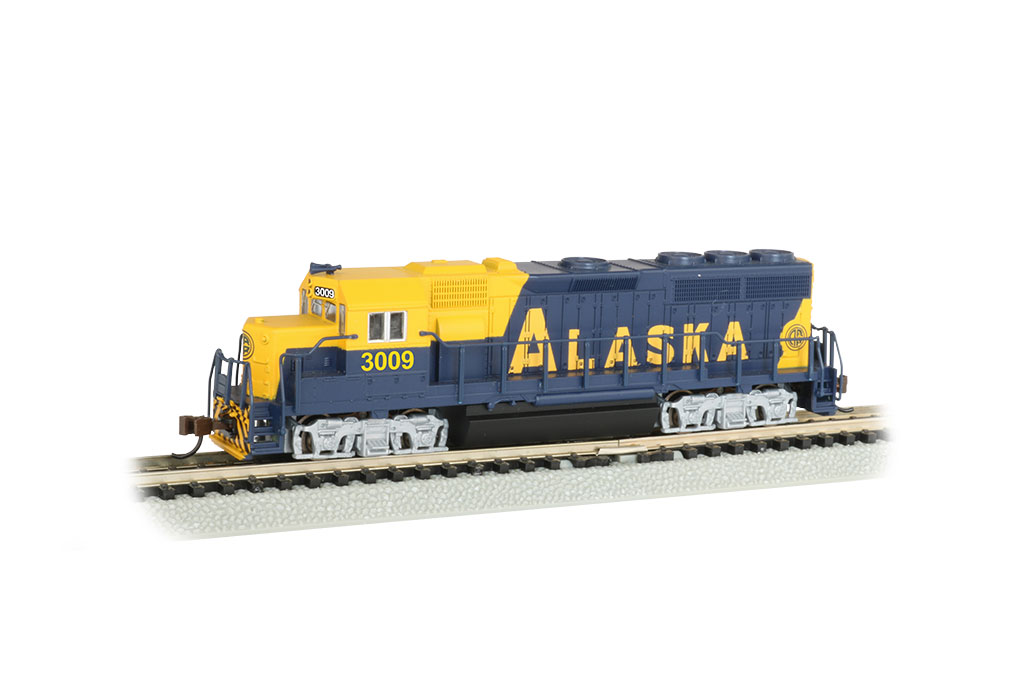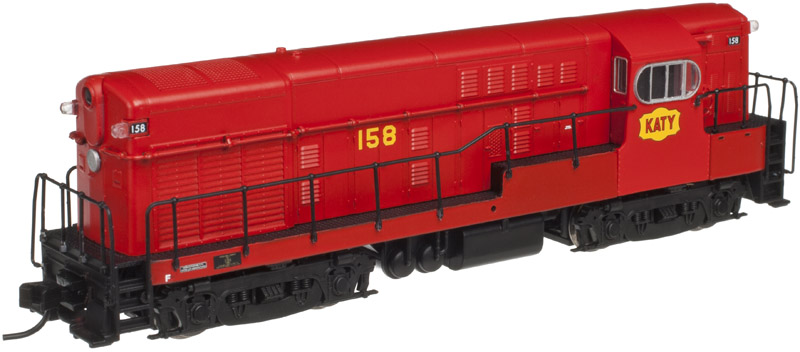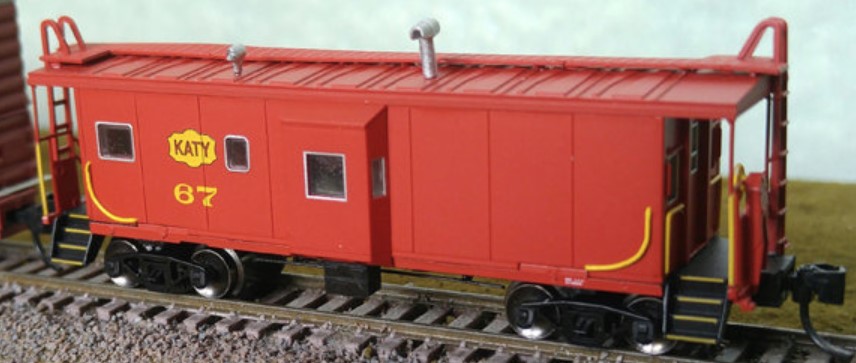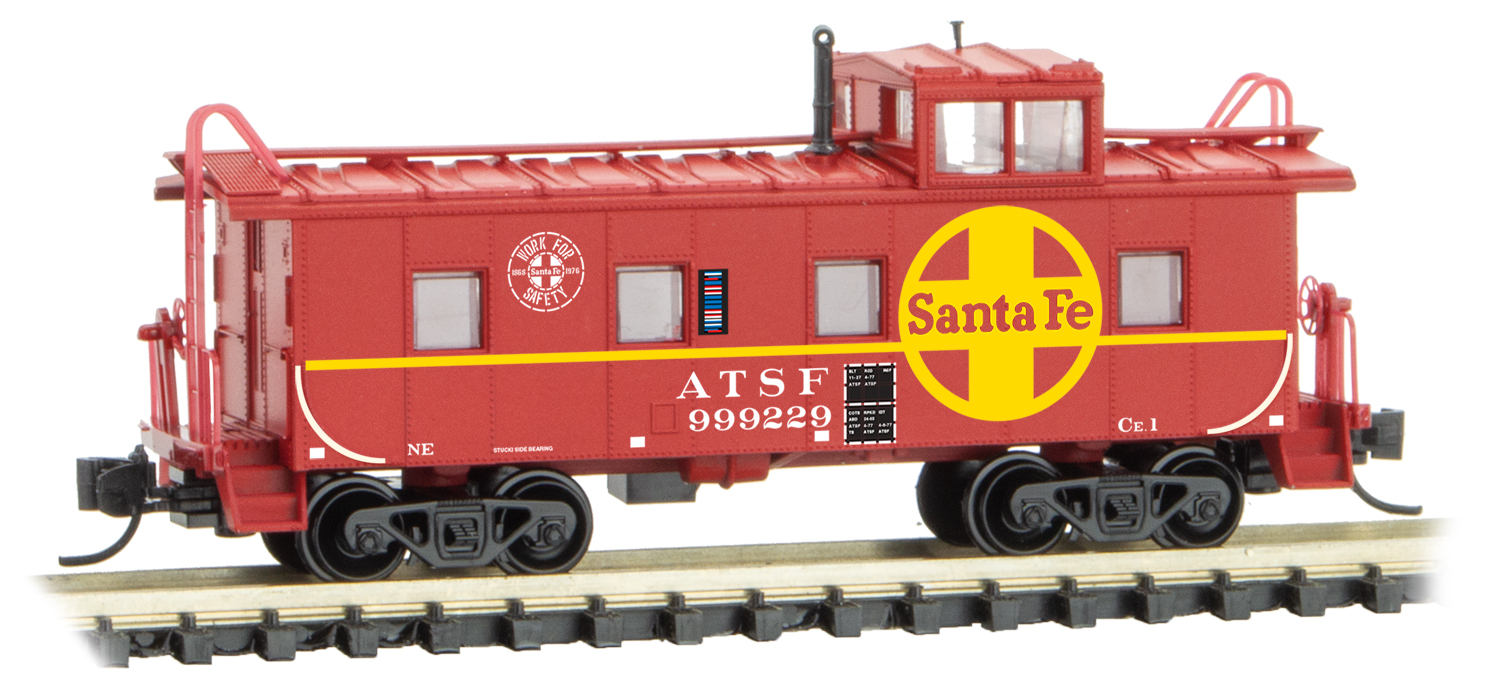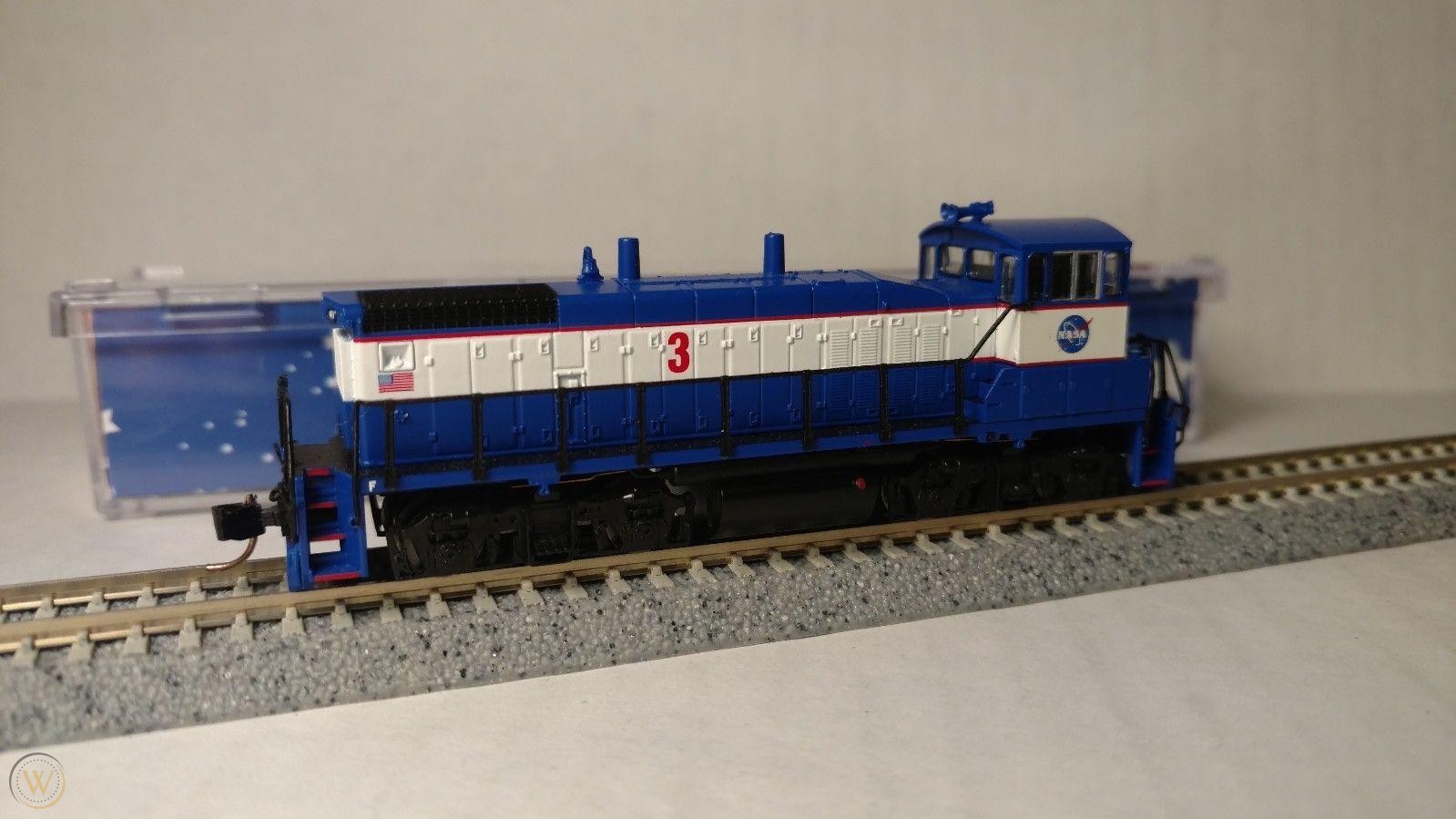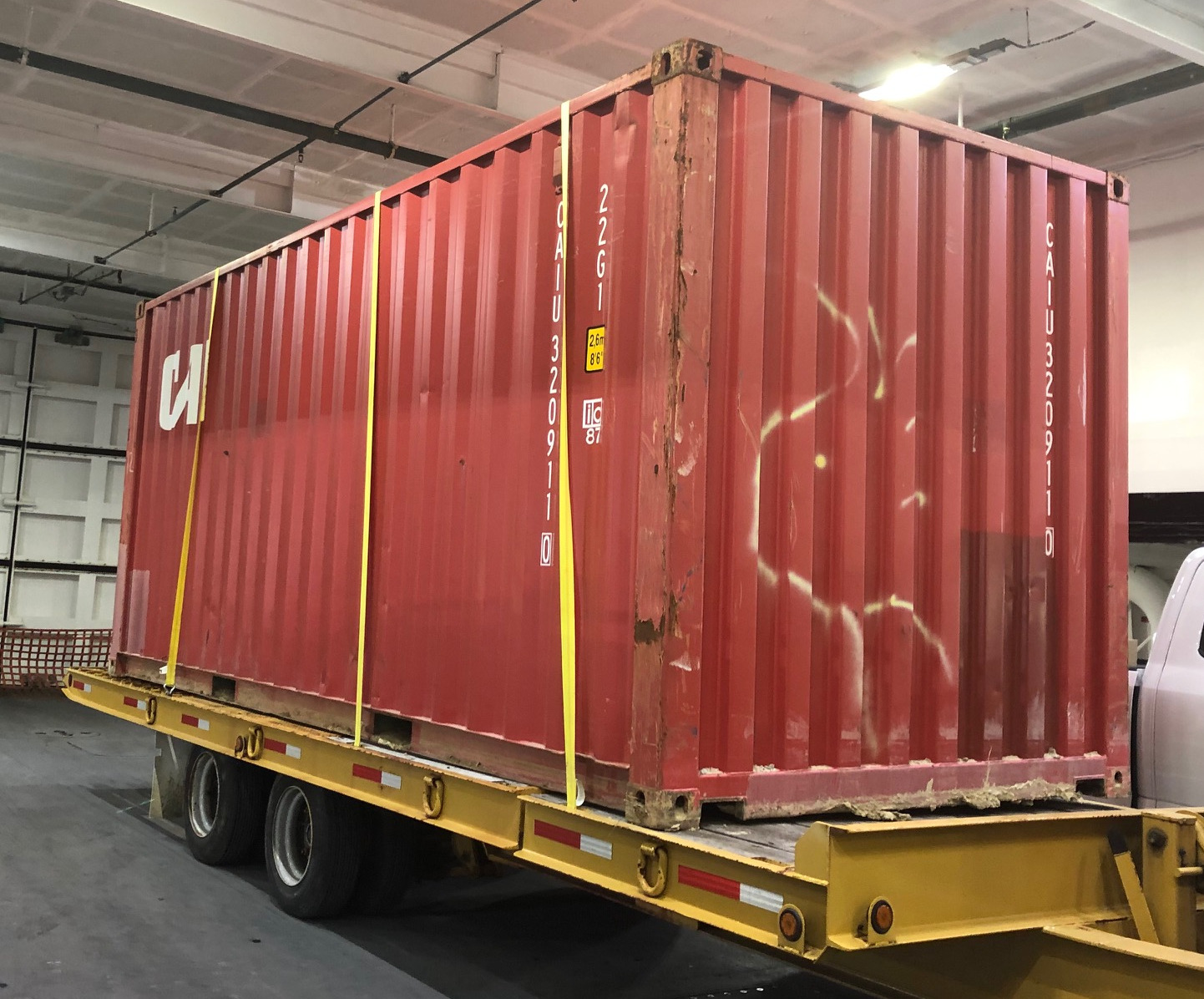Prototype History: Given the prevalence of 40 foot containers in the global shipping/maritime industry, the 20 foot container was a logical choice for smaller cargoes. Given that exactly two 20 foot containers can stack on or be stacked on a 40 foot container, these little brothers are a no-brainer for smaller loads. Cargo ships specially designed for 40 foot containers can usually handle these smaller units without specialized loading equipment or facilities.
Dry containers are meant for non-refrigerated goods and hence are the most common type.
Corrugation in the construction of these containers yields much greater strength (just like with corrugated cardboard for boxes) but is more expensive to fabricate. Due to the extra strength granted by the corrugation, this is a popular type for overseas use.
Dry containers are meant for non-refrigerated goods and hence are the most common type.
Corrugation in the construction of these containers yields much greater strength (just like with corrugated cardboard for boxes) but is more expensive to fabricate. Due to the extra strength granted by the corrugation, this is a popular type for overseas use.
Road Name History: (From Wikipedia) A.P. Moller-Maersk Group, also known as Maersk, is a Danish business conglomerate. A.P. Moller-Maersk Group has activities in a variety of business sectors, primarily within the transportation and energy sectors. It has been the largest container ship operator and supply vessel operator in the world since 1996.
A.P. Moller-Maersk Group is based in Copenhagen, Denmark, with subsidiaries and offices in more than 135 countries worldwide and around 89,000 employees. It ranked 148 on the Forbes Global 2000 list for 2015.
The largest operating unit in A.P. Moller-Maersk by revenue and staff (around 25,000 employees in 2012) is Maersk Line. In 2013 the company described itself as the world's largest overseas cargo carrier and operated over 600 vessels with 3.8 million Twenty-foot equivalent unit (TEU) container capacity. As per September 2015, being still the largest container fleet, it holds 15.1% of the global TEU.
In 2006, the largest container ship in the world to that date, the E-class vessel Emma Maersk, was delivered to Maersk Line from Odense Steel Shipyard. Seven other sisterships have since been built, and on 21 February 2011, Maersk ordered 10 even larger container ships from Daewoo, the Triple E class, each with a capacity of 18,000 containers. The first were delivered in 2013. It held options for 10-20 more, and in June 2011 placed follow-on orders for a second batch of ten sisterships (to the same design) with the same shipyard, but cancelled its option for a third batch of ten.
A.P. Moller-Maersk Group is based in Copenhagen, Denmark, with subsidiaries and offices in more than 135 countries worldwide and around 89,000 employees. It ranked 148 on the Forbes Global 2000 list for 2015.
The largest operating unit in A.P. Moller-Maersk by revenue and staff (around 25,000 employees in 2012) is Maersk Line. In 2013 the company described itself as the world's largest overseas cargo carrier and operated over 600 vessels with 3.8 million Twenty-foot equivalent unit (TEU) container capacity. As per September 2015, being still the largest container fleet, it holds 15.1% of the global TEU.
In 2006, the largest container ship in the world to that date, the E-class vessel Emma Maersk, was delivered to Maersk Line from Odense Steel Shipyard. Seven other sisterships have since been built, and on 21 February 2011, Maersk ordered 10 even larger container ships from Daewoo, the Triple E class, each with a capacity of 18,000 containers. The first were delivered in 2013. It held options for 10-20 more, and in June 2011 placed follow-on orders for a second batch of ten sisterships (to the same design) with the same shipyard, but cancelled its option for a third batch of ten.
Brand/Importer Information: Now featuring our new line of 1:160 scale models. Developed using the latest in global technology & CAD systems, these New 2017 tooled models feature IBC connecting pins AND our Magnetic connecting system, and are decorated with detailed prototype printing. Our JTC container series of models offer Multiple door styles and variants to match prototypes. The First release is a 'Rib-style' corrugated side Canvas/Open top container, Now In Stock. Our second release is the more common 'wave' corrugation sides version, expected January 2018. Both are New to N scale. Release styles 3 & 4 will be around March 2018, and will be 2 of the most popular container styles in use. Please read our 'Latest News' section for updates. Thank You for visiting. New Facebook page: www.facebook.com/JTCmodeltrains
Item created by: CNW400 on 2021-12-22 10:07:20
If you see errors or missing data in this entry, please feel free to log in and edit it. Anyone with a Gmail account can log in instantly.
If you see errors or missing data in this entry, please feel free to log in and edit it. Anyone with a Gmail account can log in instantly.


